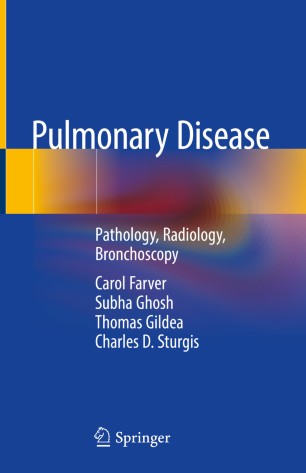

Most ebook files are in PDF format, so you can easily read them using various software such as Foxit Reader or directly on the Google Chrome browser.
Some ebook files are released by publishers in other formats such as .awz, .mobi, .epub, .fb2, etc. You may need to install specific software to read these formats on mobile/PC, such as Calibre.
Please read the tutorial at this link: https://ebookbell.com/faq
We offer FREE conversion to the popular formats you request; however, this may take some time. Therefore, right after payment, please email us, and we will try to provide the service as quickly as possible.
For some exceptional file formats or broken links (if any), please refrain from opening any disputes. Instead, email us first, and we will try to assist within a maximum of 6 hours.
EbookBell Team

4.8
84 reviewsThis book covers neoplastic and non-neoplastic pulmonary diseases, supplying essential information for the most common pulmonary diseases as well as many of the rarer ones. Organized around disease entities and presented in outline form, this book provides easy access to the essential facts and is illustrated with plentiful figures. The essential pathology, radiology and bronchoscopic technologies are discussed, as well as the tools needed to facilitate the most specific diagnoses and thus the most appropriate therapies. Each chapter also provides a list of suggested readings to guide further study.
Written for a broad audience of clinicians who encounter these diseases in their everyday practice, this book serves specialists in pulmonary medicine and internal medicine, as well as general surgical pathologists who encounter these diseases as pulmonary specimens and who use this information for definitive evaluation and diagnoses of these entities, especially in small biopsies and cytopathology specimens.
Pulmonary Disease: Pathology, Radiology, Bronchoscopy brings together the essential clinical, radiologic and pathologic insights for the major diseases of the lung, emphasizing the diagnostic criteria needed to ensure accurate diagnoses from small specimens.